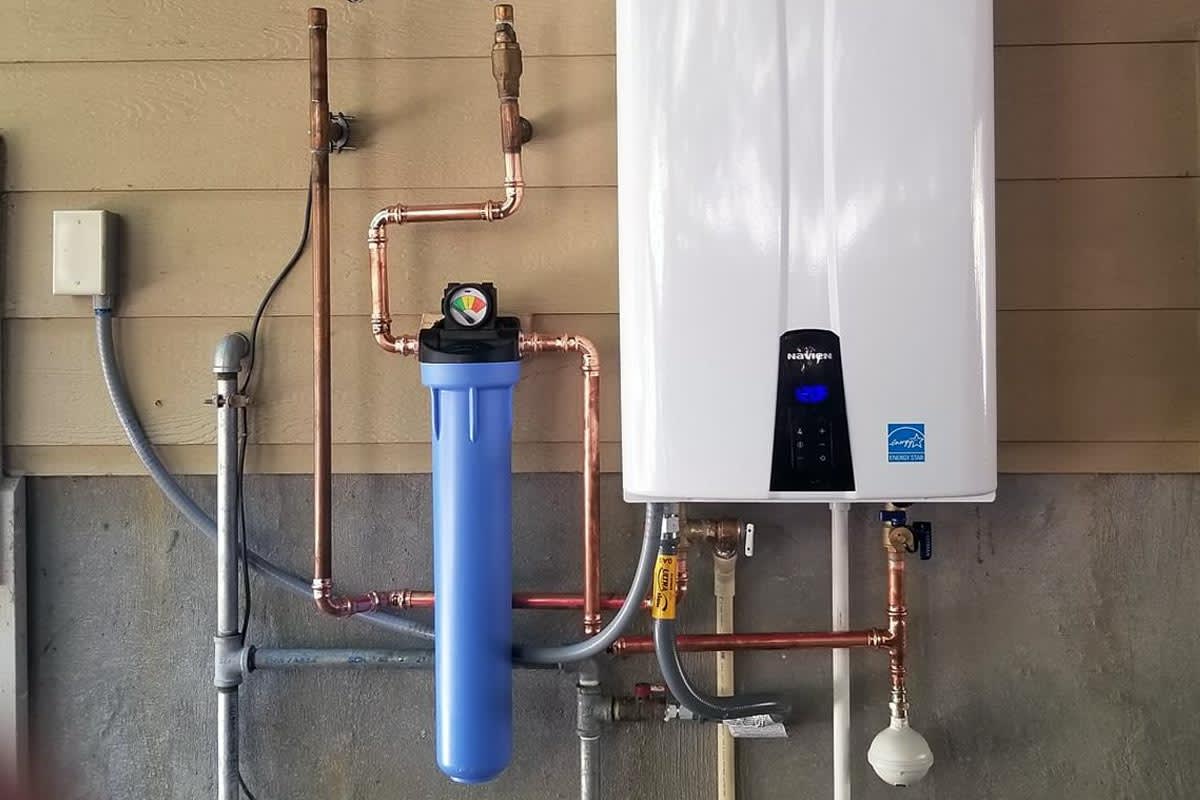This article down below about What Kind of Maintenance Do Water Heaters Need? is totally attention-grabbing. You should check this stuff out.

Hot water is vital for day-to-day comfort, whether it's for a rejuvenating shower or cleaning meals. To ensure your warm water system runs successfully and lasts much longer, routine maintenance is key. This short article supplies practical pointers and insights on how to maintain your home's warm water system to stay clear of interruptions and pricey fixings.
Intro
Keeping your home's hot water system might appear challenging, but with a couple of simple steps, you can guarantee it operates efficiently for several years ahead. This overview covers whatever from understanding your hot water system to DIY maintenance ideas and knowing when to call expert help.
Importance of Keeping Your Warm Water System
Regular upkeep not just extends the life-span of your warm water system however likewise guarantees it operates effectively. Neglecting upkeep can lead to decreased effectiveness, higher energy bills, and also early failure of the system.
Indications Your Hot Water System Demands Maintenance
Knowing when your hot water system needs interest can stop significant issues. Watch out for signs such as inconsistent water temperature level, weird sounds from the heating unit, or rustic water.
Purging the Water Heater
Purging your water heater gets rid of sediment accumulation, boosting performance and prolonging its life.
Checking and Changing Anode Rods
Anode poles stop corrosion inside the storage tank. Examining and changing them when worn out is crucial.
Complicated Concerns Calling For Specialist Assistance
Instances consist of significant leaks, electrical troubles, or if your hot water heater is regularly underperforming.
Regular Expert Maintenance Advantages
Expert upkeep can include comprehensive inspections, tune-ups, and making certain compliance with safety requirements.
Examining and Readjusting Temperature Level Settings
Readjusting the temperature level settings makes sure ideal efficiency and safety and security.
DIY Tips for Maintenance
You can execute several upkeep jobs on your own to maintain your hot water system in leading problem.
Checking for Leaks
Consistently check pipelines and connections for leakages, as these can lead to water damages and greater expenses.
Comprehending Your Warm Water System
Before diving right into maintenance tasks, it's valuable to comprehend the standard parts of your hot water system. Generally, this consists of the water heater itself, pipelines, anode poles, and temperature level controls.
Monthly Maintenance Tasks
Regular month-to-month checks can help catch small concerns before they rise.
Evaluating Pressure Relief Valves
Examining the stress relief valve ensures it works properly and avoids too much pressure accumulation.
Protecting Pipelines
Protecting warm water pipes lowers warmth loss and can conserve energy.
When to Call a Professional
While DIY upkeep is useful, some concerns require professional expertise.
Conclusion
Routine upkeep of your home's hot water system is necessary for efficiency, durability, and expense savings. By following these tips and knowing when to look for expert assistance, you can guarantee a trusted supply of hot water without unexpected interruptions.
Water Heater Maintenance Tips
Test the TPR Valve
Shut off the power and the cold-water supply valve. Place a bucket under the pipe connected to the temperature-pressure-release (TPR) valve on the top or side of the tank. (This valve opens if the tank pressure gets too high.) Lift the valve’s tab to let some water out, then let go. If water keeps flowing, drain the tank partway, unscrew the old valve with a pipe wrench, and install a new one. Check the Anode Rod
Put a hose to the tank’s drain cock and let out a few gallons of water. Now fit a 1 1/16-inch socket onto the rod’s hex head on top of the heater (or under its top plate) and unscrew the rod. If it’s less than ½ inch thick or coated with calcium, buy a new one, wrap its threads with Teflon tape, put it back in the tank, and tighten securely. Use this segmented rod if headroom above the tank is limited. Drain the Tank and Wash Out Sediment
Drain the remaining water in the tank into the bucket, then stir up the sediment on the tank’s bottom by briefly opening the cold-water supply valve. Drain and repeat until clean water comes out of the hose. Close the drain cock, refill the tank, and turn its power back on. Adjust the Temperature
Find the temperature dial on the side of the tank and unscrew its cover. Adjust the dial to 120 degrees using a flathead screwdriver. For every 10 degrees the temperature is lowered, you can expect to save up to 5 percent in energy costs. Turn the water heater off or the thermostat down to its lowest setting if you plan to be away from home for more than three days. Insulate the Pipes
Buy some self-sticking 3/8-inch-thick foam pipe insulation that matches the pipes’ diameter. Slide the foam over the hot-and cold-water pipes as far as you can reach. Insulating the cold-water pipe prevents condensation in summer. Peel the tape and squeeze the insulation closed. If the pipe is 6 inches or less from the flue, cover it with 1-inch-thick unfaced fiberglass pipe wrap. https://www.thisoldhouse.com/plumbing/21016402/how-to-maintain-a-water-heater

As a reader on How to Maintain a Hot Water Heater in a Few Simple Steps, I assumed sharing that topic was important. Sharing is caring. Who knows, you might be doing someone a favor. Many thanks for going through it.
Visit Url